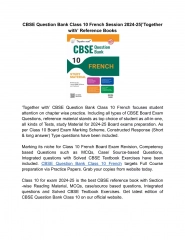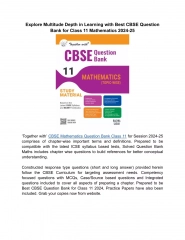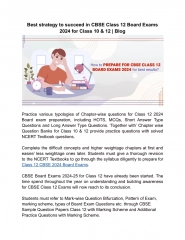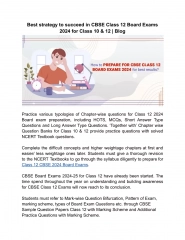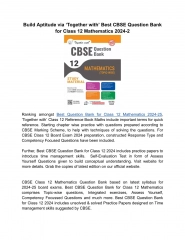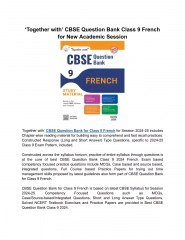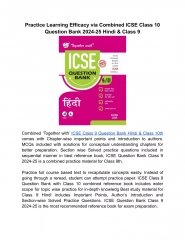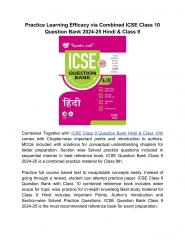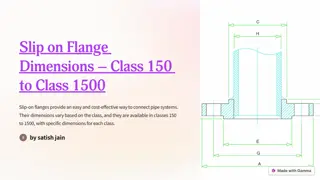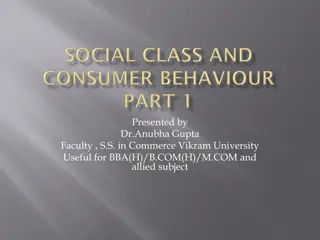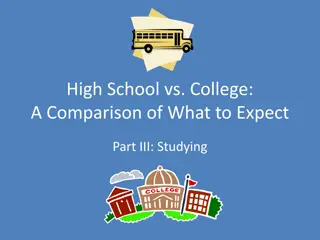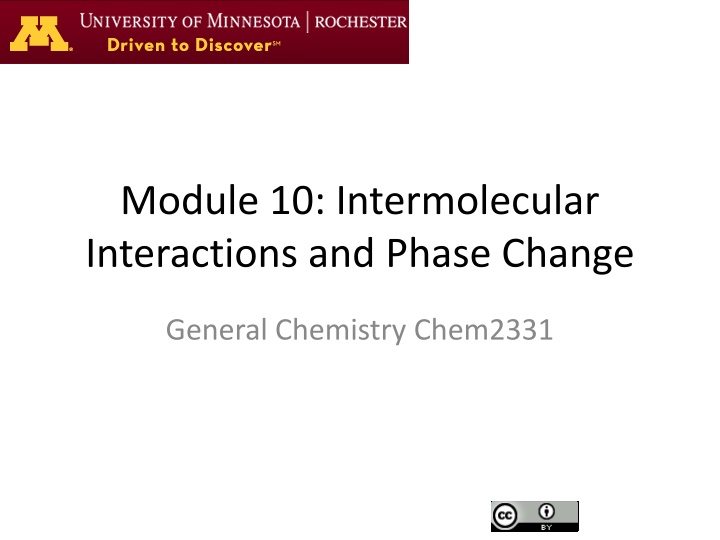
Understanding Phase Changes and Intermolecular Interactions in Chemistry
Explore the fascinating world of intermolecular interactions, phase changes, and equilibrium in chemistry. Learn about vapor pressure, temperature effects, and the relationship between intermolecular forces and phase transitions. Discover how altitude affects boiling points and dive into the concepts of sublimation and equilibrium processes.
Download Presentation

Please find below an Image/Link to download the presentation.
The content on the website is provided AS IS for your information and personal use only. It may not be sold, licensed, or shared on other websites without obtaining consent from the author. If you encounter any issues during the download, it is possible that the publisher has removed the file from their server.
You are allowed to download the files provided on this website for personal or commercial use, subject to the condition that they are used lawfully. All files are the property of their respective owners.
The content on the website is provided AS IS for your information and personal use only. It may not be sold, licensed, or shared on other websites without obtaining consent from the author.
E N D
Presentation Transcript
Module 10: Intermolecular Interactions and Phase Change General Chemistry Chem2331
Module 10 Module 10 Session 3 1. Liquid-vapor equilibrium 2. Qualitative apor pressure and temperature 1. Vapor pressure vs T curves 2. Quantitative: Vapor pressure and temperature Clausius-Clapeyron equation Pressure, temperature and enthalpy of vaporization 3. Phase diagrams 1. Normal pressure, critical points and triple points Chem 2331: General Chemistry 2
Phase change Consider a compound that undergoes sublimation at 125 C and a pressure of one atm. Which of the following could be a heating curve appropriate for heating the compound from 100 C to 150 C? Chem 2331: General Chemistry 3
Equilibrium of phase change Even at T lower than the boiling point, all liquids will tend to reach an equilibrium with their gases. Think of a bottle of perfume. When you open it, the perfume will have a fraction of its liquid in gas form until Rate (vaporization) = Rate (condensation) What will happen to a liquid if we leave the bottle opened? What will happen to a liquid if the container has vacuum (zero pressure)? How can you relate strength of intermolecular forces, Hvap and vapor pressure? Chem 2331: General Chemistry 4
Equilibrium of phase change Which of the following processes must exist in equilibrium with the condensation process when a measurement of vapor pressure is made? Select one: a. evaporation b. fusion c. none of these d. boiling e. sublimation Chem 2331: General Chemistry 5
Equilibrium of phase change If figure (1) represents the vapor pressure of water at 25 C in a 1 liter container, which figure represents the vapor pressure of water at 25 C in a 2 liter container? (Hint: count the number of balls in gas phase) Chem 2331: General Chemistry 6
Vapor pressure and temperature Location Elevation Approx. Pressure (atm) Boiling Temp. of water (oC) Barcelona (sea level) 0 1.0 100 Denver, CO 5,280 0.83 94 Mt Whitney 14,495 0.60 87 Mt McKinley 20,320 0.46 83 Mt. Everest 29,035 0.32 78 Water boils at different temperatures depending on the altitude Chem 2331: General Chemistry 7
Vapor pressure and temperature Diethyl ether, ethanol or water have boiling points of 34.5, 78.5 and 100.0 oC respectively. If our olfactory system were equally sensitive to the three substances. What would have a stronger smell at 20 oC. Diethyl ether, ethanol or water? the higher the vapor pressure of a substance is at a given T, the lower the boiling point and the lower the Hvap will be What characteristics of the molecule could already tell you that without looking at the graphic? Chem 2331: General Chemistry 8
Vapor pressure and temperature From the plot of vapor pressure as a function of temperature shown below, the normal boiling point for tert-butyl alcohol is approximately Draw a vapor pressure vs temperature graph of the following compounds. A) CH3CH2CH2OH B) CH3CH2CH2CH2OH C) CH3CH2CH3 D) CH3CH2CH2F Chem 2331: General Chemistry 9
Vapor pressure and temperature Given below are the temperatures at which two different liquid compounds with the same empirical formula have a vapor pressure of 400 torr. Compound dimethyl ether, CH3-O-CH3 ethanol, CH3CH2OH T ( C) -37.8 63.5 Which of the following statements is false? Select one: a. The normal boiling point of dimethyl ether will be higher than the normal boiling point of ethanol. b. None of these statements is false. c. Intermolecular attractive forces are stronger in (liquid) ethanol than in (liquid) dimethyl ether. d. Increasing the temperature will increase the vapor pressure of both liquids. e. The reason why the temperature at which the vapor pressure is 400 torr is higher for ethanol (than for dimethyl ether) is that there is strong hydrogen bonding in ethanol. Chem 2331: General Chemistry 10
Quantitative: Vapor pressure and temperature Temperature vs Vapor Pressure The Clausius-Clapeyron equation 1000 900 Vapor Pressure, mmHg 800 Rationalize this equation: 700 600 water TiCl4 chloroform ether ethanol acetone lnP = -DHvap 500 RT+C 400 300 200 P = exp(-DHvap RT)*C 100 0 0 10 20 30 40 50 60 70 80 90 100 110 120 130 140 150 Temperature, C At a given temperature, will a higher enthalpy of vaporization imply a higher or lower vapor pressure. Does it make sense that Ln( P ) and H are inversely proportional? For a specific compound will a higher temperature imply a higher or lower vapor pressure. Does it make sense that Ln( P ) and T are directly proportional? Chem 2331: General Chemistry 11
Quantitative: Vapor pressure and temperature Draw the plot that we obtain when representing the logarithm of vapor pressure vs the inverse of Temperature. What information can we obtain from the slope? P = exp(-DHvap RT)*C Draw two plots, one for CH3OCH3 and another one for CH3CH2OH. Chem 2331: General Chemistry 12
Quantitative: Vapor pressure and temperature Quantitative model of vapor pressure and temperature: What will have a higher vapor pressure a liquid at T=273 K or the same liquid at T=300 K? What will have a higher vapor pressure a liquid with a high Hvap or a liquid with a lower one? lower T, lower Vapor Pressure P1 higher T, higher Vapor Pressure P2 The Clausius-Clapeyron equation The higher the Hvap the more Temperature it will take to increase the vapor pressure Chem 2331: General Chemistry 13
Effect of the pressure: Phase diagrams Each substance will change into solid liquid gas at different Temp. and Pressure Each substance will have its own phase diagram. Identify the state of matter of water in a) P=0.5 atm T=-100 (oC) b) P=0.5 atm T=100(oC) c) P=2 atm T=120(oC) d) P=10 atm T= -1(oC) Normal boiling and melting point are p= 1 atm H2O If the slope of solid/liquid < 0 density liq > solid What does depend more on pressure, boiling or melting point? Chem 2331: General Chemistry 14 CO2
Effect of the pressure: Phase diagrams Draw the phase diagram of a substance with the following characteristics. 1. It is a solid at room temperature and p=1atm 2. It boils at 140oC and p=1atm. 3. If we progressively lower the pressure at room temperature, it sublimes when reaches P=0.5atm 4. If we lower the pressure at 50oC it becomes a liquid a P=0.8atm and a gas at P=0.6atm. Chem 2331: General Chemistry 15

